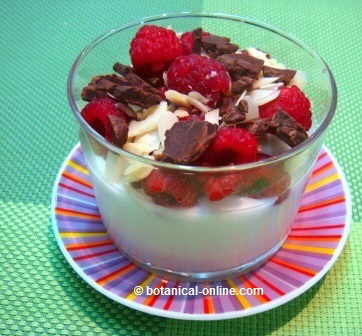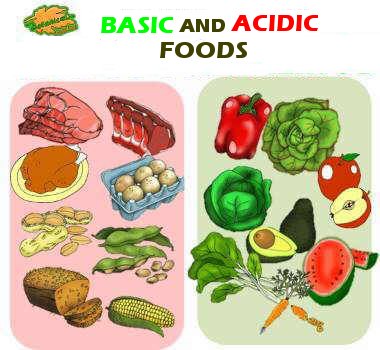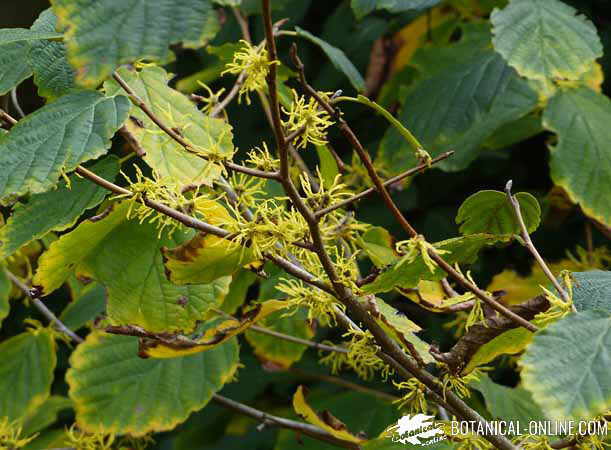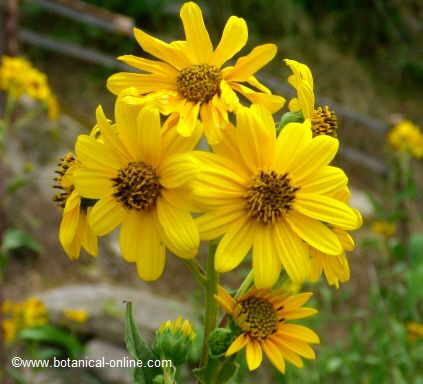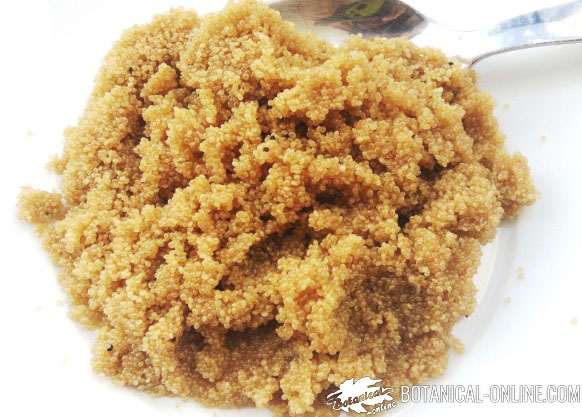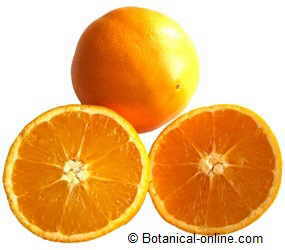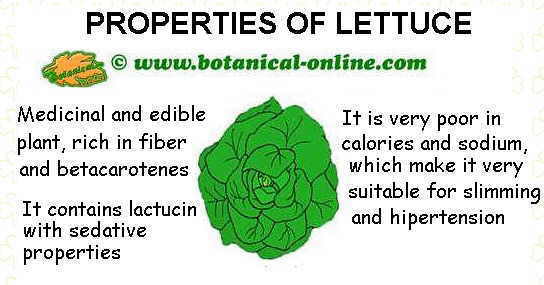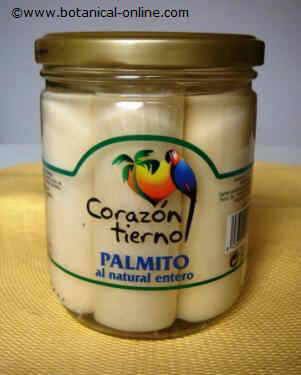Contents
Quince health benefits
Quince leaf extract to lower cholesterol and triglycerides
A study carried out on rabbits at the Tehran College of Medical Sciences concluded that an extract obtained from the leaves of this tree was capable of lowering “bad cholesterol“. “LDL and triglycerides, while increasing the “good cholesterol”or “HDL “.
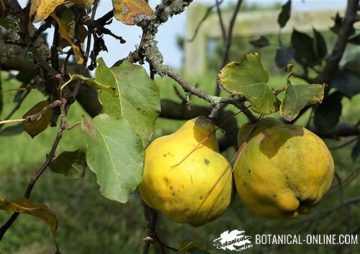
In this study, the results were compared with two study groups. One of them was treated with a cholesterol drug (atorvastanin) while the other group was treated with the extract of this tree. The results of this comparison showed similar results.
Polyphenols from quince leaves to treat skin inflammation
Quince contains a large amount of polyphenols in its leaves (Mainly quercetin-3-O-rutinoside; kaempferol-3-glucoside; kaempferol-3-glucoside; 3-0 caffeoylquinic acid; 5-0 caffeoylquinic acid and 3.5-0 dicafeoylquinic acid) .
These components have been proven to have anti-inflammatory properties, capable of protecting the skin, softening it and avoiding irritation. The extracts made from the leaves of the quince have proven to be very effective on sensitive skin, which are those that react worse to environmental aggressions, such as contact with water, cold, wind, temperature changes, ultraviolet rays, etc.
The topical application of these extracts demonstrated their ability to avoid itching, inflammation or other adverse reactions of the skin, especially in the skin of women that is usually more sensitive to these factors.
Other researches carried out on the quince tree
In addition to this study, numerous investigations have been carried out with the fruit or leaves of this plant. From all of them, we can come to the conclusion that this plant is rich in phytochemicals that provide it with great interest in pharmacology and phytomedicine. Among the potential applications we can mention the following:
- Anti-diabetic (Methanolic extract of the leaves. Study carried out by Asian et Al in 2010)
- Antioxidant (Methanolic extract of the leaves. Study carried out by Pacifico et Al in 2012)
- Protector against ultraviolet rays (Methanolic extract of the leaves. Study carried out by Osman et Al in 2012)
- Hypertension (Methanolic extract of the leaves. Study carried out by Zhou et Al in 2012)
- Liver protector (Leaf extract. Study carried out by Abliz et Al in 2014)
- Kidney protector (Leaf decoction. Study carried out by Jouyban et Al in 2011)
- Antibacterial (Fruit. Study carried out by Babarikina et Al in 2011)
- Anti-fungal (Fruit. Study carried out by Fattouch et Al in 2007)
- Anti-allergic (Fruit. Study carried out by Hubber et Al in 2012)
- Anti-diarrhea (Extract from the seeds. Study carried out by Janbaz et Al in 2013)
- Anti-asthmatic (Extract from the seeds. Study carried out by Janbaz et Al in 2013)
- Wound healing (Seed extract. Study carried out by Ghafourian et Al in 2015)
- Anti-bleeding (Pulp and skin of the fruit. Zhou et Al in 2014)
- Anti-thrombosis (Aqueous extracts of leaves and fruits. Magalhaes et Al in 2009)
Home remedies with quince seeds
If we want, we can boil the seeds with water until we get a gelatin with astringent properties to take care of the skin. (Boil a handful of seeds in a glass of water until a compact gel forms).
As we see in the top list of the components, the seeds of the quince are rich in tannins and pectin. At first glance we might think that these two substances are incompatible with each other. Tannins are astringent, that is, they dry out, while pectin is demulcent, which means that it softens. Therefore one property should outweigh the other.
This is not the case in practice, because quince seed preparations exert both properties without interfering, turning out to be very interesting as a vulnerary remedy for skin care. It is ideal to combat pimples, acne, mosquito bites or other insects, hives, etc. (Apply the gelatin on the affected area and let it work).
This same preparation, diluted in water, can be used to gargle with which to treat sore throat or very diluted in the form of eye drops for inflammation of the eyes.
Attention: we must not ingest this preparation. It is only used in external use, because the seeds of this plant are poisonous.
Quinces as air fresheners
The peculiar aroma of quinces has traditionally been used to scent clothes. You can place a ripe quince between your clothes and allow its aroma to penetrate the textile fibers for a period of one month.
This remedy was used a lot in the past so that wool or linens, once they were taken out of the cupboards, had a more pleasant smell.
Another solution as an air freshener is to place a quince in a cloth bag and leave it in a corner of the house. The duration of this natural air freshener is approximately one month.
Quince contraindications:
All preparations with quince, to eliminate its harshness, are accompanied by sugar, so they are very caloric, mainly because they are added a lot of sugar, and should be taken into account with weight loss regimes or if you suffer from obesity or diabetes.
Quince toxicity
Quince seeds are toxic. They contain a high amount of amygdalin, a cyanogenic glycoside.
Like most of the fruit trees of the Rosaceae group, such as almond trees, plums, peaches, cherry trees, etc., the seeds are protected by a strong cover and inside, among other components, the amygdalin appears, the well-known principle of bitter almonds.
Amygdalin, by the action of the emulsin ferment, in contact with saliva, turns into hydrocyanic acid (cyanide), a very powerful poison. Therefore we should not eat the seeds of this plant.
![]() More information on quince
More information on quince

